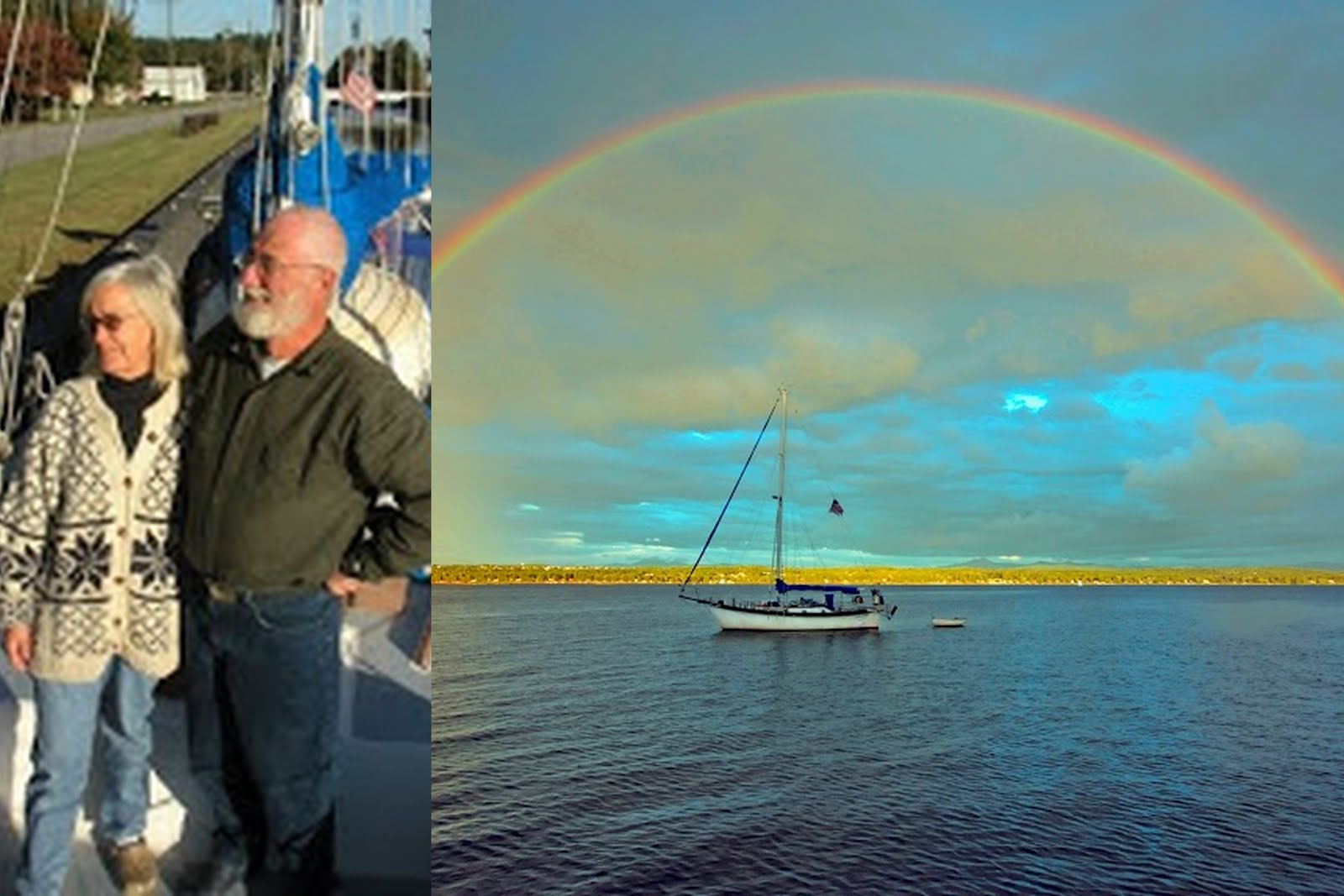Stuart, FL
No LL
Check the byline. We're not in Vero any more. We moved to Stuart in preparation for an auto side trip next weekend. However, on Friday and Saturday we got a new professional yacht survey for Tarwathie. That's what I'll talk about today.
Why a survey? Because our insurance company requires it. The whole process of how we got here tees me off and it put me in a foul mood before beginning.
We renew our insurance every March. Last year, with our portfolio value plunging I sought ways to reduce our insurance costs. I emailed IMIS, our insurance agent, and asked about some options. They promised to look into it and get back to me. They never did. Instead, we got a renewal notice at the old price and a statement saying that in 2010 we would need a new survey. (I didn't know before that they require a new survey every 5th year.) They gave a web URL for more information.
Last summer I called IMIS to get more info about the survey. No reply. Then I emailed them, no reply. As a result, when we hauled out to paint the bottom last fall I didn't get the survey done. This year I got a new reminder from IMIS that I need a survey.
I found the name of a surveyor local to Vero and made arrangements. What sticker shock on the price! In 2005 we paid $300 to the surveyor and $100 to the boat yard for a haul out. This time the prices hiked to $500 and $175, plus $60 for a diver to clean the bottom; total $730. WOW! The price nearly doubled despite a couple of years of deflationary trends.
The high price really made me think. In 2005 I was the buyer and the surveyor was acting to my benefit. Any flaws he found would be to my advantage. This year, the beneficiary is the insurance company. Any negative finding in the survey could be used to fully or partially deny me coverage. The insurance company should be picking up the cost of the survey. Not me. But no; that's not the way it works.
Then I started thinking about a couple of things I learned about marine insurance (a) Most claims are for partial losses, not total loss. Therefore, the total value of the yacht has only about 20% weight in setting the premium. (b) After 5 years on the boat many carriers offer a discount. [my carrier didn't] (c) The owner is limited to two claims in a lifetime. After two, insurance is unavailable unless one pays at least twice as much.
We insure Tarwathie for a value of $57,000. The deductible is $2000 and the premium is $1920. In 2006, we were hit by lightning in Kittery, Maine. We made a claim for about $8,000 of which the insurance company (readily and with no hassle) paid $6,000. But now we have one claim behind is, how big would a second claim be before it is worth our while to file it. Not $2,000.
Assume that we must have insurance. Therefore if we file a second claim, our future premiums will double for at least 5 years. The net present value of $1920 hike per year for 5 years at 6% is $8,573. That makes our "effective" deductible $10,573. Let's guess that if we have a claim it is for half the value of the boat or $28,500, of which the insurance effectively pays $17927. The annual coast is $1920 + ($730/5) = $2066 per year. To make it break even, we need a claim of that size once every 9 years.
Is that wise use of our money? Should we self insure? I'm still ambivalent. If I was really smart, I would have resolved my ambivalence before paying for a new survey.
I'm sure an insurance salesman would say that my way of analyzing it is completely invalid. Well sure, I could get a better answer if I hired an actuary to do a calculation for me for a few thousand dollars.
If I had really been smart I would have thought through such things before doing the survey.
I started shopping for another insurance company and another agent. A friend recommended ACE. ACE said they need a recent survey to give me a quote. So there's a benefit. If I pay for the survey it allows me to shop for cheaper insurance.
I asked around Vero. Many fellow cruisers carry only liability insurance which costs only about $300/year. That's quite a difference.
What does Libby think about this? She hates the idea of self-insuring.
So how did the survey turn out? It was a very mixed bag, I got some very valuable information, some bad news, and some things which really annoy me. More about that later.











